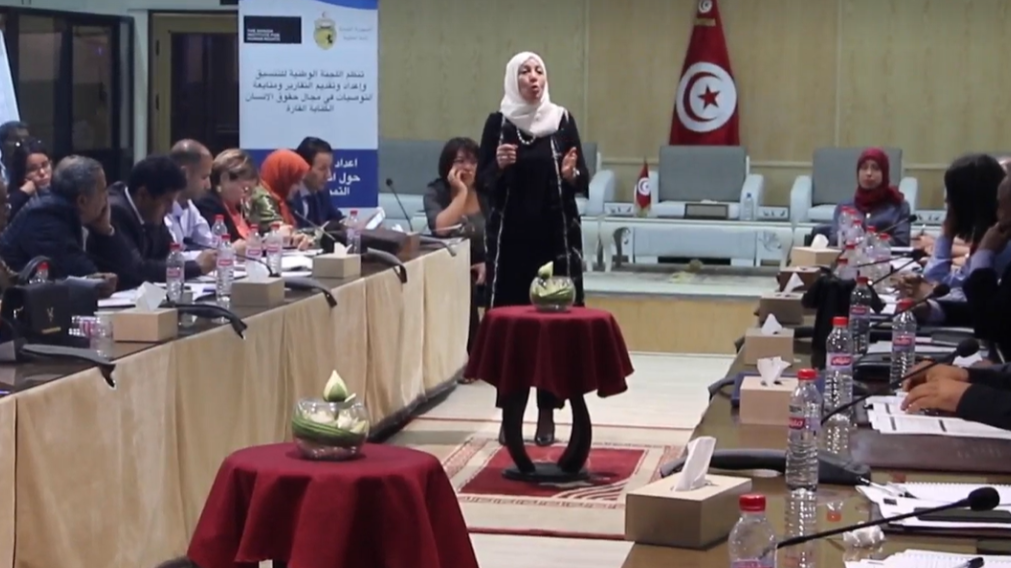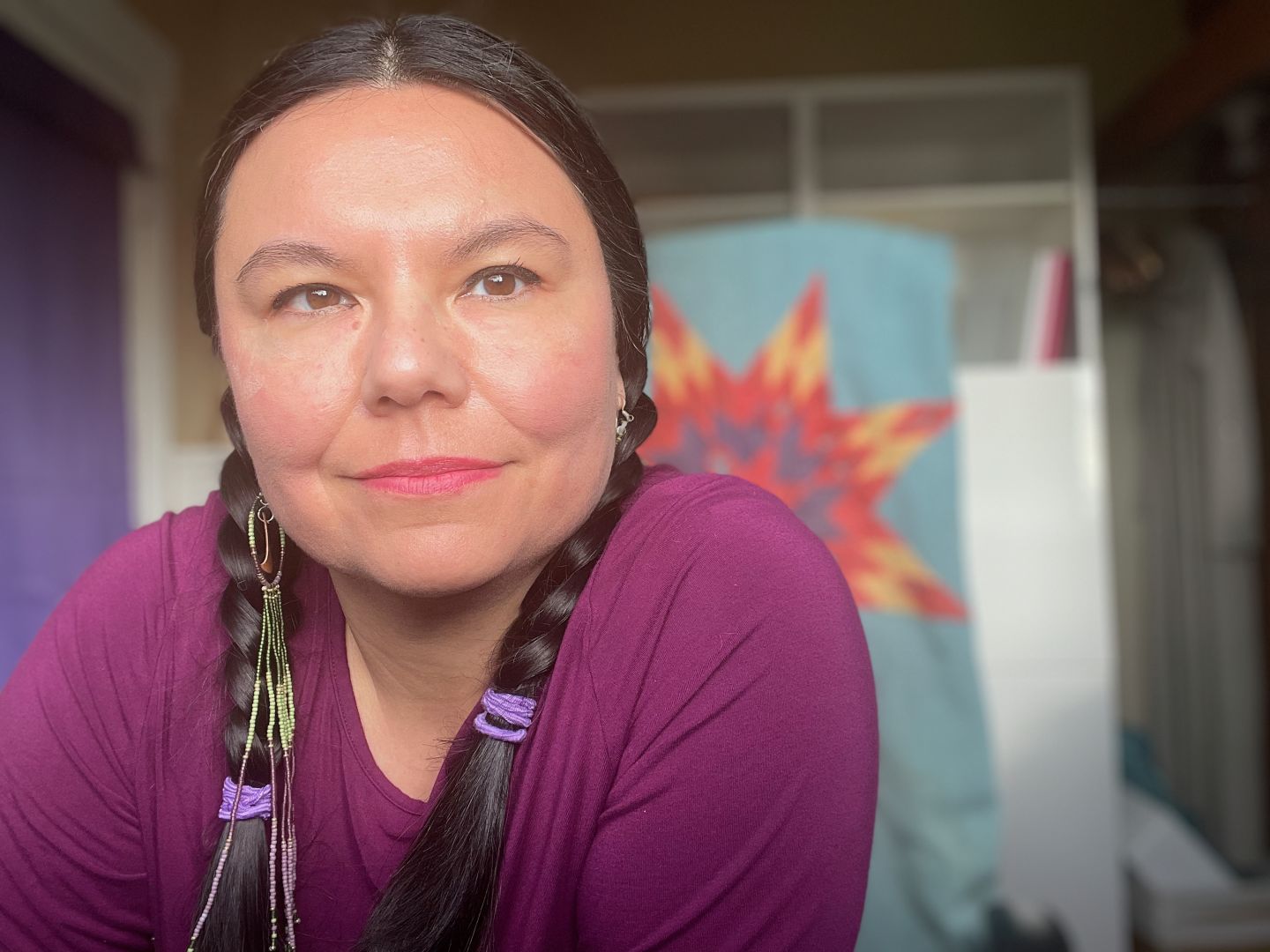There have been several cases in recent years of people who wished to register their children with Amazigh names and were prevented from doing so because of Decree Law no. 59-53 of 1959. This decree was legally abolished in 2020, allowing the Amazigh community to legally use their names, though at the time of writing it is too early to assess whether this is being implemented: municipalities seem to assess these cases on an ad hoc basis and may not have been informed of the abolition of the decree. Though the situation has improved since the 2011 revolution, it is still the case that many Amazigh in southern Tunisia face considerable pressure to conceal not only their language but other aspects of their culture, such as traditional clothing, to secure employment and social acceptance. In this context, aspects of their heritage are now under threat, including the traditional Amazigh style of house design. While better suited to the local environment and temperature, their value is not widely recognized and many are opting instead for modern housing. In the 1960s, the Tunisian government started building new villages down in the valley as a strategy to encourage members of mountain communities to resettle there. Many started to leave villages such as Zraoua (a small village in the governate of Gabès) because there was no access to water, electricity and other services. This has resulted in many Amazigh villages becoming abandoned and the deterioration of the remaining traditional architecture. Only a few popular tourist destinations are being preserved, such as Houmt Souk on the island of Djerba.
The Tamazight language is also under threat, with UNESCO classifying it as severely endangered, with only approximately 10,000 speakers left (although local sources refer to 50,000 speakers). There are currently six varieties of the language spoken in six areas of southern Tunisia: Sened (disappeared), Tamazret, Taoujout, Djerba, Zraoua, Douiret and Chenini/Tataouine. Many children in these regions have only ever spoken Tamazight at home. This means that when they are of age to go to school, where Arabic is the main language of education, many are confronted with a language that they do not even understand. In many cases, teachers do not speak Tamazight themselves as they are often sent from other regions to teach.
Nevertheless, in other ways there have been encouraging developments in recent years. Amazigh community representatives have highlighted how, though many issues had yet to be resolved, the available space for activists to express themselves freely in public has expanded considerably. As a result, a number of Amazigh movements have emerged in the wake of the revolution, energized in particular by young activists with an interest in revitalizing their Amazigh culture. Places where Amazigh movements are strongest are those where the language is still spoken, such as Djerba and Douiret. Some also try to encourage the revitalization of the Amazigh heritage for economic reasons, seeing it as a potential opportunity for supporting the general development of the community through tourism, handicrafts and clothing.
There are now some 13 Amazigh associations in Tunisia, all of them founded after the revolution, and their activity is increasingly prominent at an international level. In October 2018, for instance, the World Amazigh Congress (CMA) hosted its eighth meeting in Tunis, the second time the congress has taken place in Tunisia (the first time was in Djerba in 2011).
One underlying obstacle for Amazigh is their lack of political representation. There was no Amazigh representative in the Constituent Assembly when the new Constitution was being drafted, for instance, and their call at the time to institutionalize Amazigh cultural rights was supported by just two of the 217 deputies. As a result, there is no mention of Amazigh or their issues in the Constitution. To date, the main pressure for greater Amazigh rights has come from civil society rather than from policy makers or officials. Concerning the teaching of the Amazigh language, some associations in Matmata and elsewhere have launched private courses. Teaching Amazigh is therefore not prohibited, but the lack of public funding means that sustained action is a challenge. Activists are currently focusing on raising awareness within the community of their rights in order to mobilize them. These movements are generally conducted within a framework of national unity and draw on Tunisian heritage. Some complain about a relative lack of female participation, however, as well as a lack of coordination among different movements.




